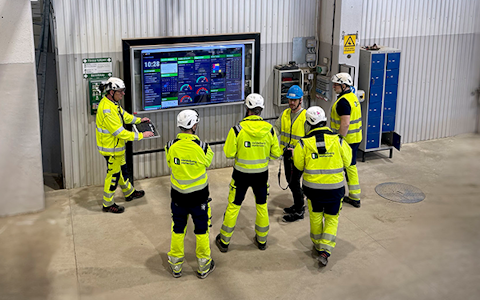
Digital dashboards that help you identify deviations and make the right decisions.
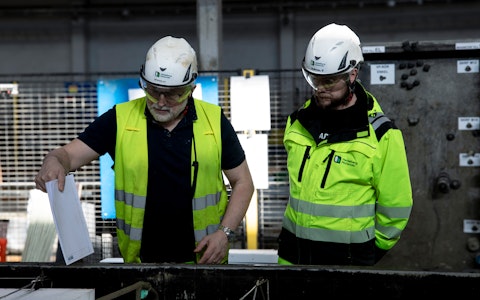
Capture your deviations and turn them into improvements
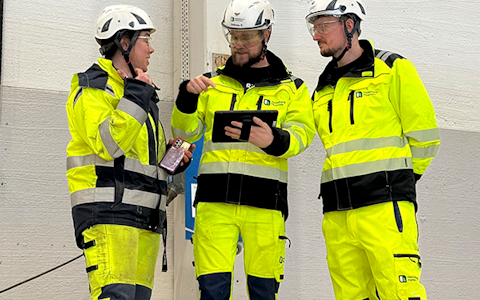
Continuous improvement, Kaizen boards, PDCA and other tools.
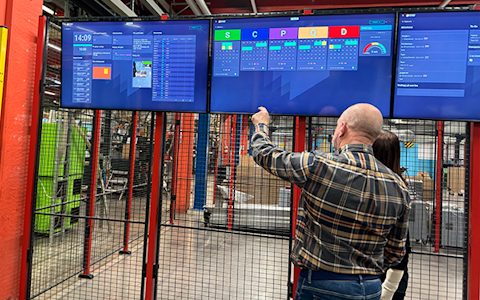
Improve key performance indicators within your specific focus areas with our SQCDP board.

Use the PDCA cycle as a tool to improve both quality and processes
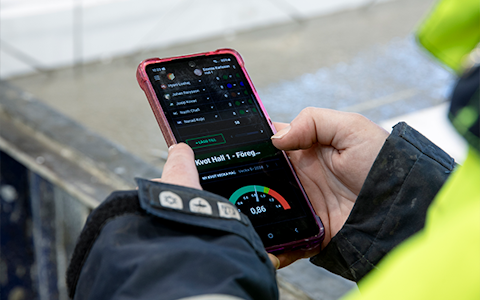
Digital tools for 5S work, recurring audits, and a well-organized workplace.
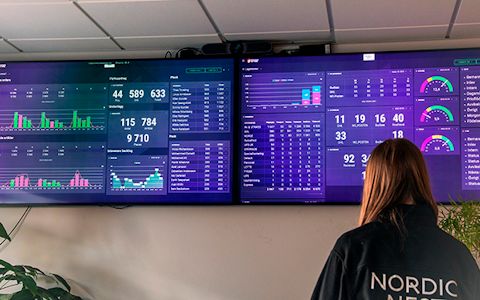
Visualize KPIs and communicate effectively throughout the entire organization.

Basic project management and activity boards.
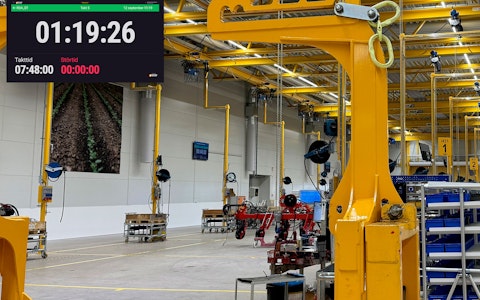
Digital dashboards for takt time flow with takt time counter and stop time log.

Digital visitor registration provides full control over all planned and executed visits to your business.
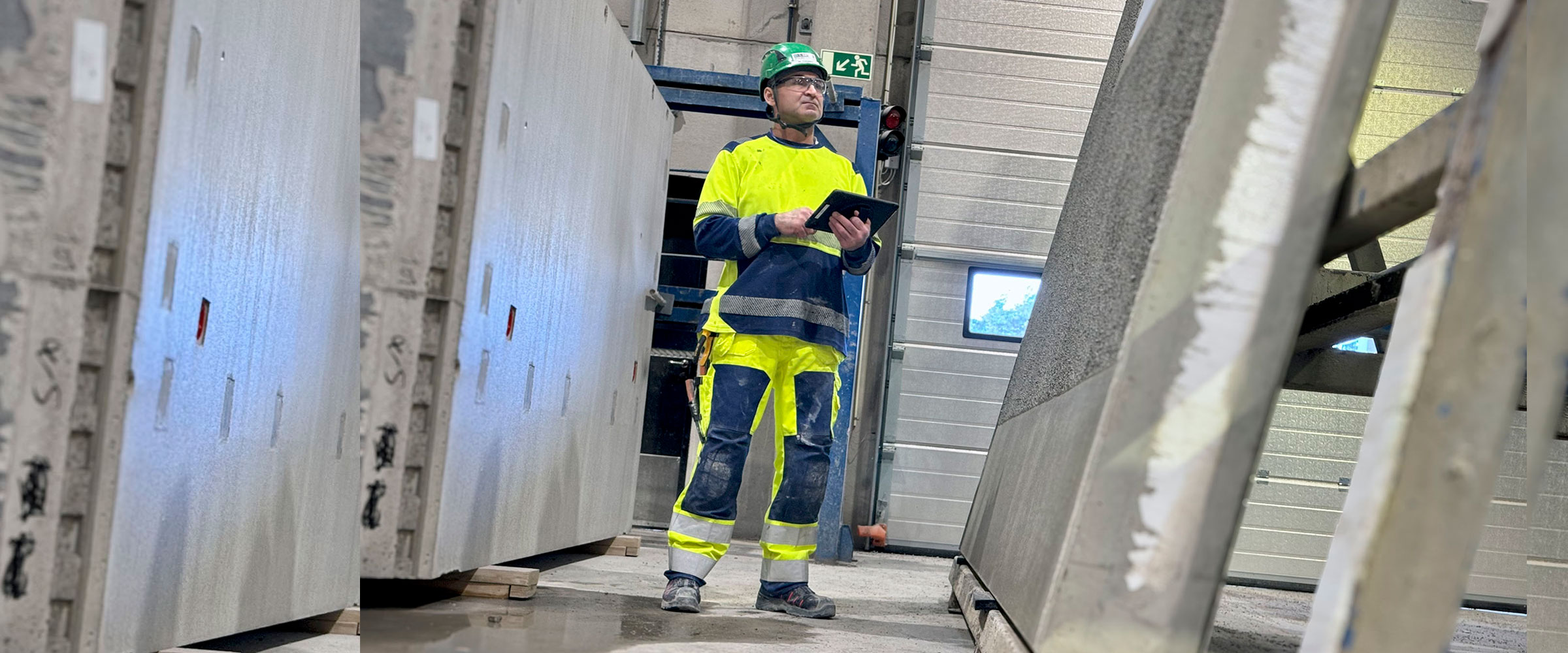

With the PDCA cycle in Boards on Fire, you drive constant improvement and increased efficiency. Eliminate waste, optimize production, and immediately improve quality. Let us help you take the step towards a smarter and stronger business.
In Boards on Fire, the PDCA is included as a tool in the improvement module, which you can work with independently or in combination with, for instance, pulse boards or other parts of our platform. You can use the method for tasks like improvement efforts, projects, or change activities.
Create subtasks for each step in the PDCA cycle, delegate them to employees, and set deadlines. Monitor and mark each task and step as they're completed. Easily get an overview of all planned, ongoing, and completed PDCA activities for a specific part of the business and visualize the progress for relevant employees.

PDCA stands for "Plan-Do-Check-Act" and is an iterative four-step method for continuous improvement in processes and products. PDCA is often used in quality management and for the implementation of change initiatives. Here's a brief overview of the four steps:
The goal of the PDCA cycle is to continually improve processes by repeating these steps, thereby identifying and rectifying issues or inefficiencies continuously.
Free web demo
In the manufacturing industry, the PDCA cycle (Plan-Do-Check-Act) is often used as a tool to improve both product quality and production processes. As manufacturing processes are often complex and involve several different steps, small inefficiencies or errors can lead to significant production disruptions or quality issues. By using PDCA, you create the conditions to systematically identify, analyze, and address these problems.
Here are some examples of how PDCA can be applied in the manufacturing industry: